Introduction
A marketing site is often the front door to a product launch, campaign, or brand moment. Deadlines here aren’t arbitrary—they’re tied to ad buys, PR cycles, and revenue forecasts. When the site misses its launch window, everything else stumbles with it.
The common approach still treats Quality Assurance as a final step. Testers arrive near the end of the sprint, file a batch of bugs, and the team scrambles to fix them. That can hold for small one-off pages, but it doesn’t survive the pressure of high-stakes launches. By the time issues surface, there’s no room left to fix them without slipping dates, burning budget, or forcing a weekend release.
We’ve seen a different pattern work better: QA built into design from day one. Instead of chasing problems at the finish line, teams ask quality questions at discovery, at flow mapping, and at mockup reviews. It’s not more process, it’s the same process done earlier—quietly saving hours, protecting campaigns, and making launches predictable.
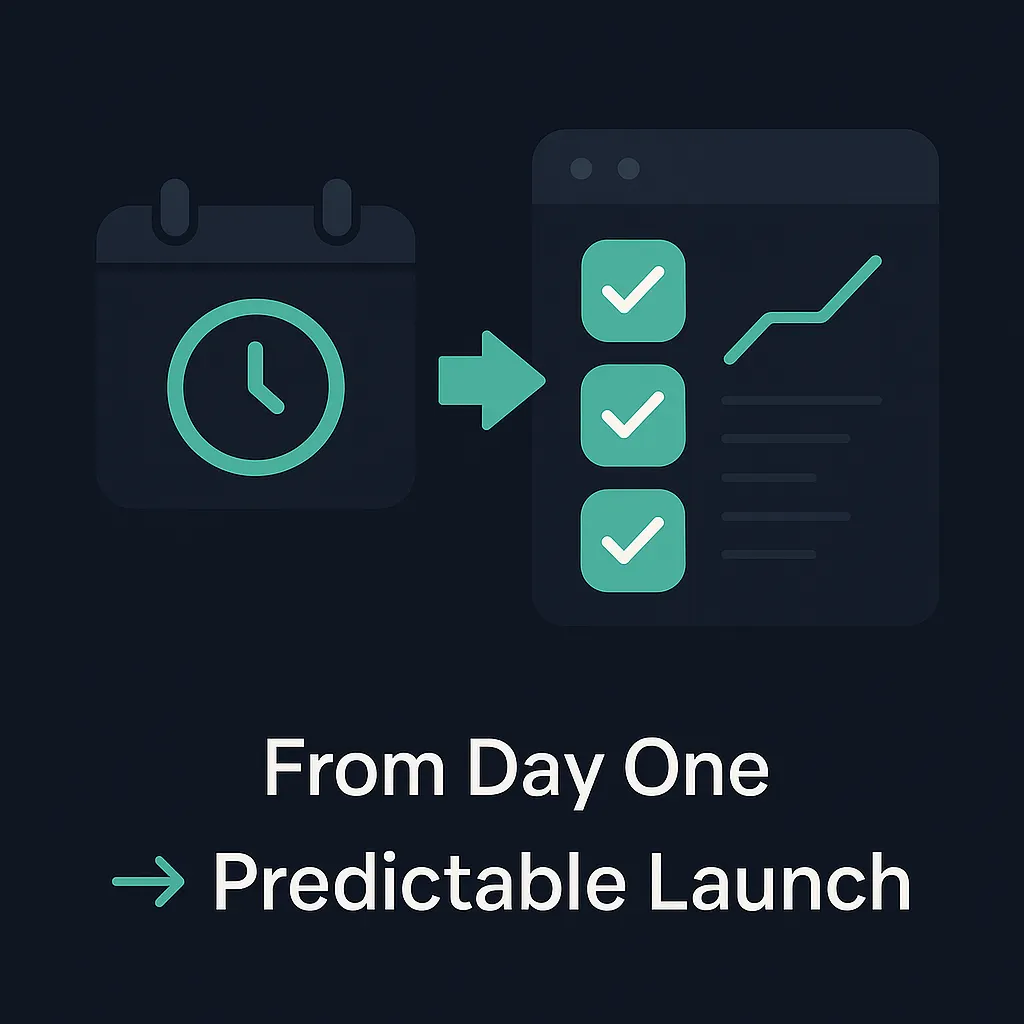
The Hidden Risks of Marketing Sites
The risks on marketing sites are subtle. They’re not always show-stopping bugs, but small oversights that derail launches at the worst possible time. A Firefox update that disables video autoplay. A new Safari release that shifts how sticky headers behave. A geo-redirect that silently drops UTM parameters and wipes out paid campaign attribution. A six-megabyte hero image that destroys load time on mobile and wastes thousands in ad spend.
Each issue is trivial when flagged in Figma or during grooming. Each is painful and costly when discovered at the eleventh hour. The pattern is always the same: what takes minutes early can cost days late.
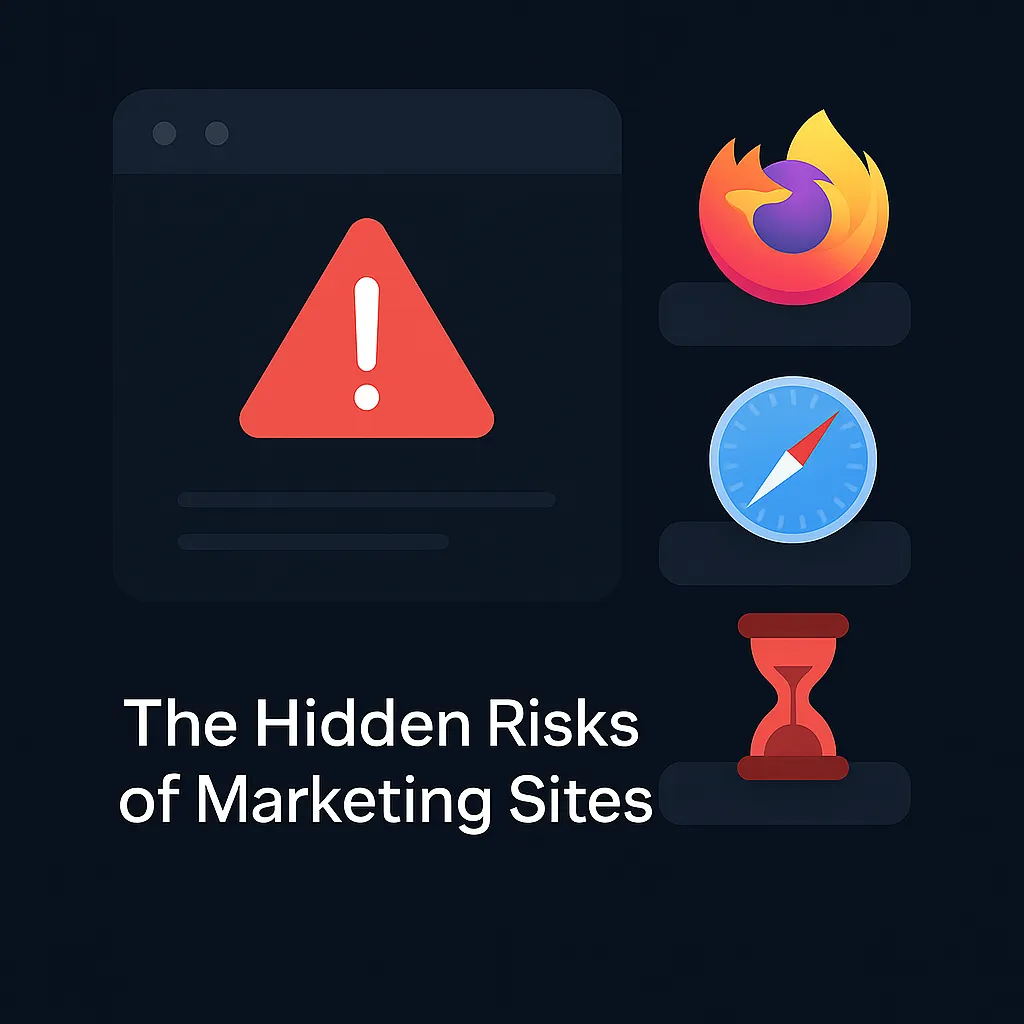
Principles of QA in Design
The practice rests on a few simple convictions. First, prevention beats patching. Fixing a layout or event name in a design file takes minutes; fixing it in production means overtime, stress, and brand risk. Second, observability trumps guesswork.
If a CTA click isn’t tracked in GA4 and Mixpanel, marketing will argue about performance instead of seeing the truth. Third, quality should be a shared definition. When designers, engineers, and PMs agree on what “done” means, QA becomes a guide rather than a gatekeeper.
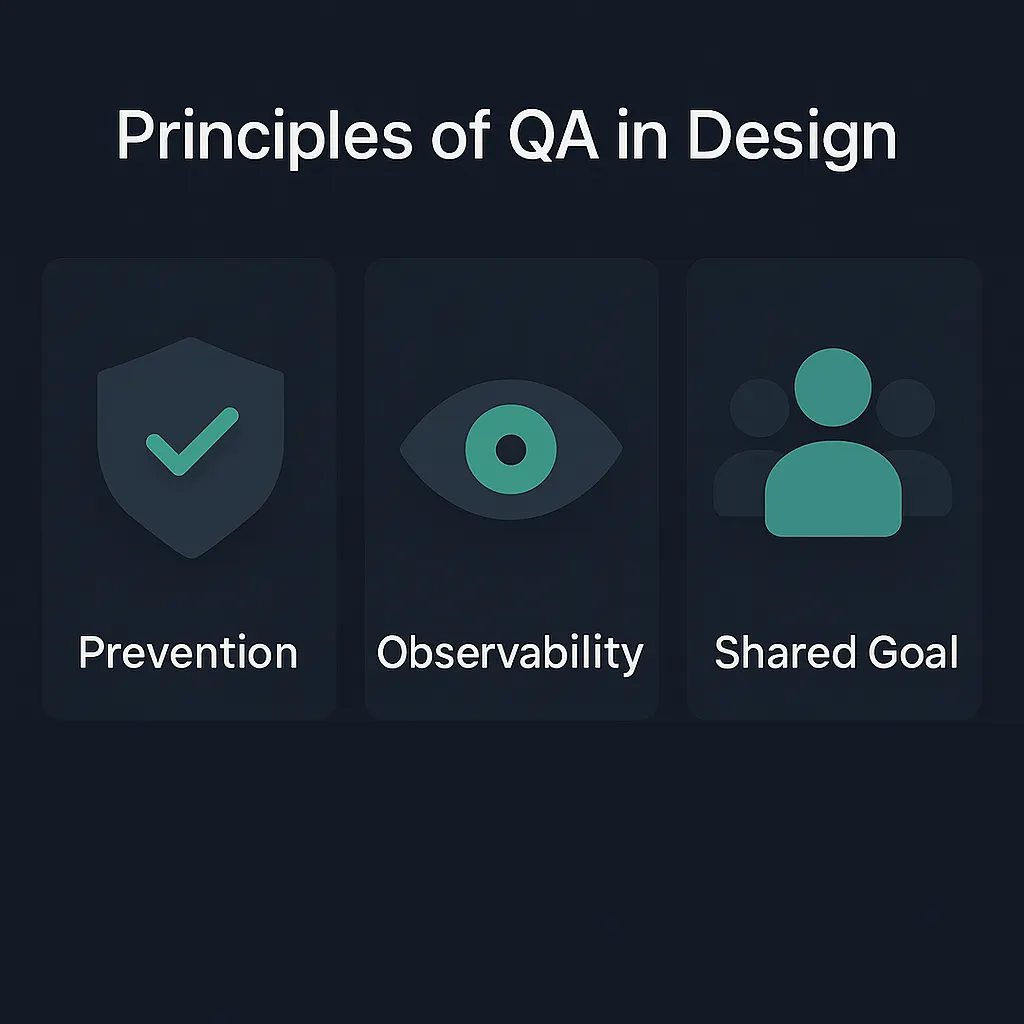
How It Works in Real Projects
During discovery, QA joins the discussion of goals. Instead of waiting to test pixels, it asks: which languages must be supported, what’s the mobile performance budget, how will analytics define success. These answers shape the brief rather than appearing as surprises later.
In user-flow mapping, QA traces the “unhappy paths.” What if a form submission times out? What if a cookie banner blocks the CTA? What happens when a CMS slot is empty? These aren’t edge cases once they’re drawn into the diagram; they’re part of the intended experience.
In mockups, QA’s role is to spot details in context. Is the sticky header covering content on a 320-px screen? Does the form validation respect focus order for accessibility? Is the hero video loading gracefully on slow connections? Most comments resolve instantly, some trigger small redesigns—but all are cheaper than fixes in production.
By sprint planning, acceptance criteria already live next to designs. Engineers know which events must fire, which error states exist, and which scenarios require preview URLs. QA doesn’t slow work—it clears blockers before they appear.
And by release, the list of issues is short. More importantly, it includes items that never broke because they were designed right the first time. Retrospectives turn from fire drills into calm reviews. The lesson learned feeds into the next design standard, compounding over time.
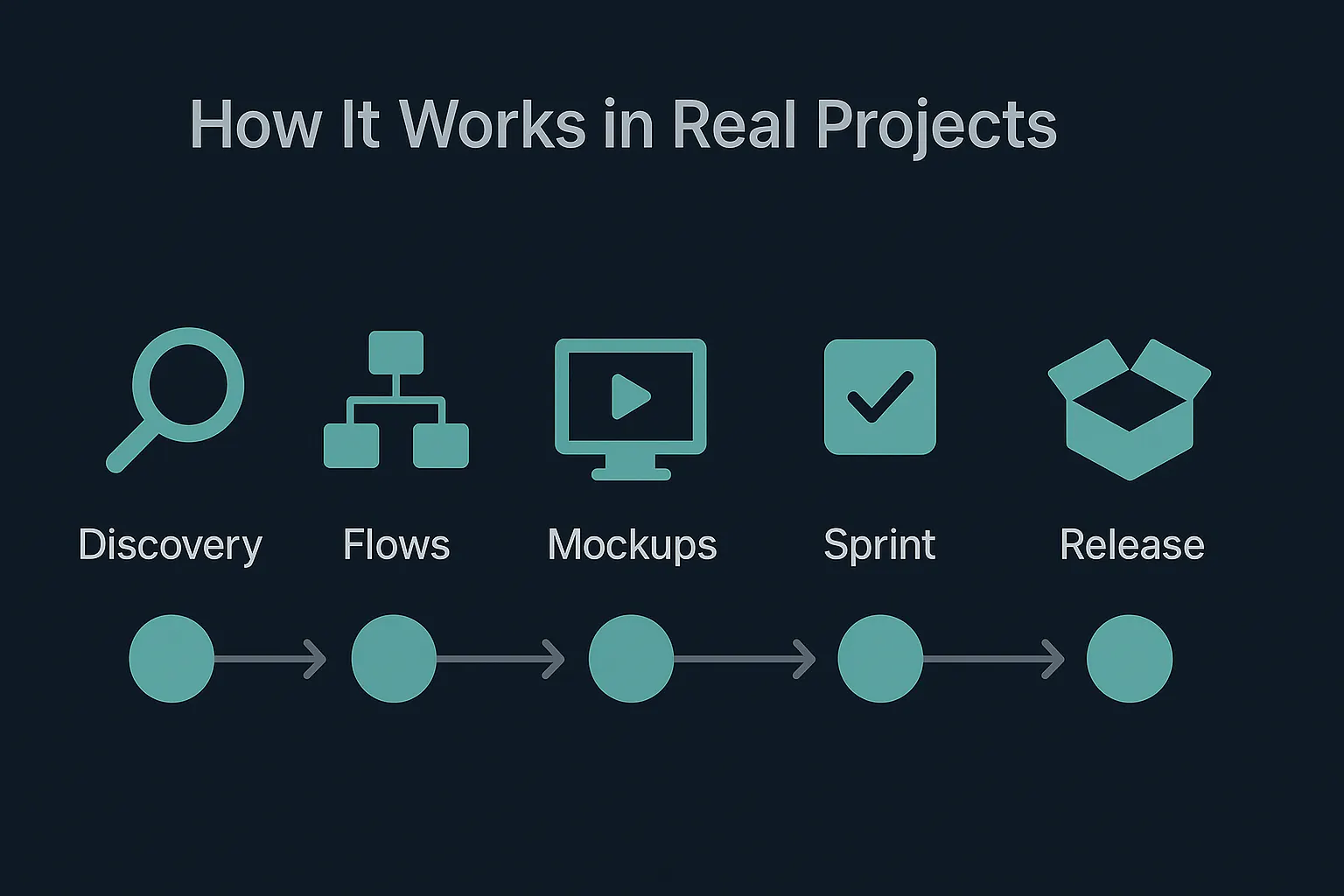
Case Snapshots
One campaign site nearly derailed when a Firefox update blocked autoplay for muted videos. Because QA raised it at the wireframe stage, the fallback image was designed in from the start. Fix cost: ten minutes in Figma. Saved: two days of engineering rework.
Another project hinged on analytics. The marketing team needed attribution in both GA4 and Mixpanel. QA noted the event names directly in the design file. Developers implemented once, dashboards aligned, and campaign reporting stayed credible.
A third case involved geo-redirects. Without attention, they would have stripped paid campaign tags. QA flagged it before implementation. Engineers preserved the UTMs. Paid traffic was attributed correctly, budgets weren’t wasted, and the campaign delivered full value.
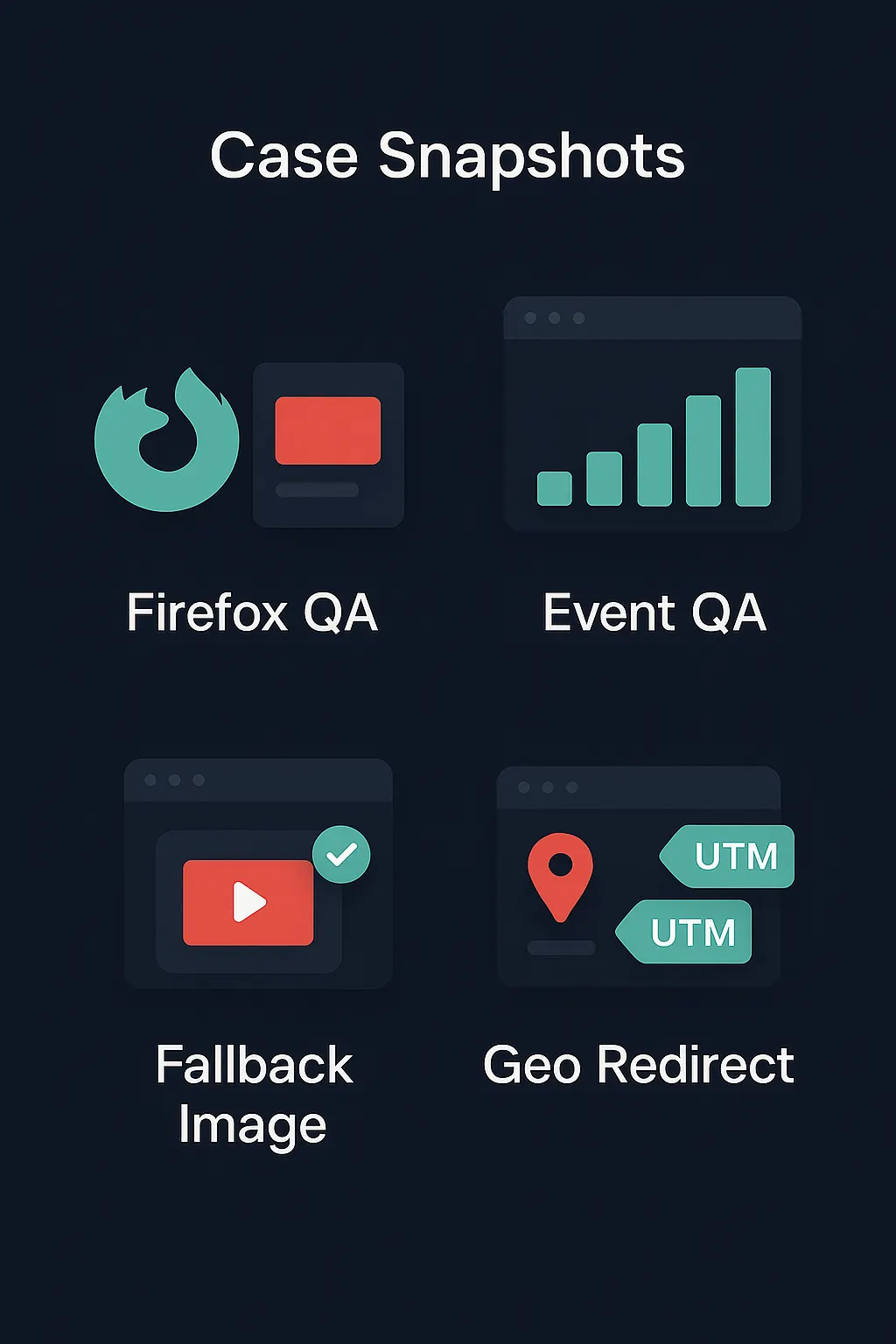
The Business Economics
The value of this approach shows up quickly. Design rework drops. In one quarter, early QA comments cut reopened tickets by about thirty-five percent. Campaigns stop slipping their slots. Marketing can keep ad buys and PR windows intact. Retro feedback shifts—the word “calm” starts to appear more often.
The financial angle is straightforward. A one-week delay on a fifty-thousand-dollar ad spend can burn a campaign budget before the site even launches. Missing a product announcement slot can push coverage into a quieter news cycle, costing reach that money can’t buy back. Even a single mis-tracked CTA can undermine ROI models and influence future investment decisions.
Integrated QA doesn’t promise perfection. It reduces the risk that small oversights—browser quirks, analytics gaps, missing fallbacks—will snowball into costly campaign failures.
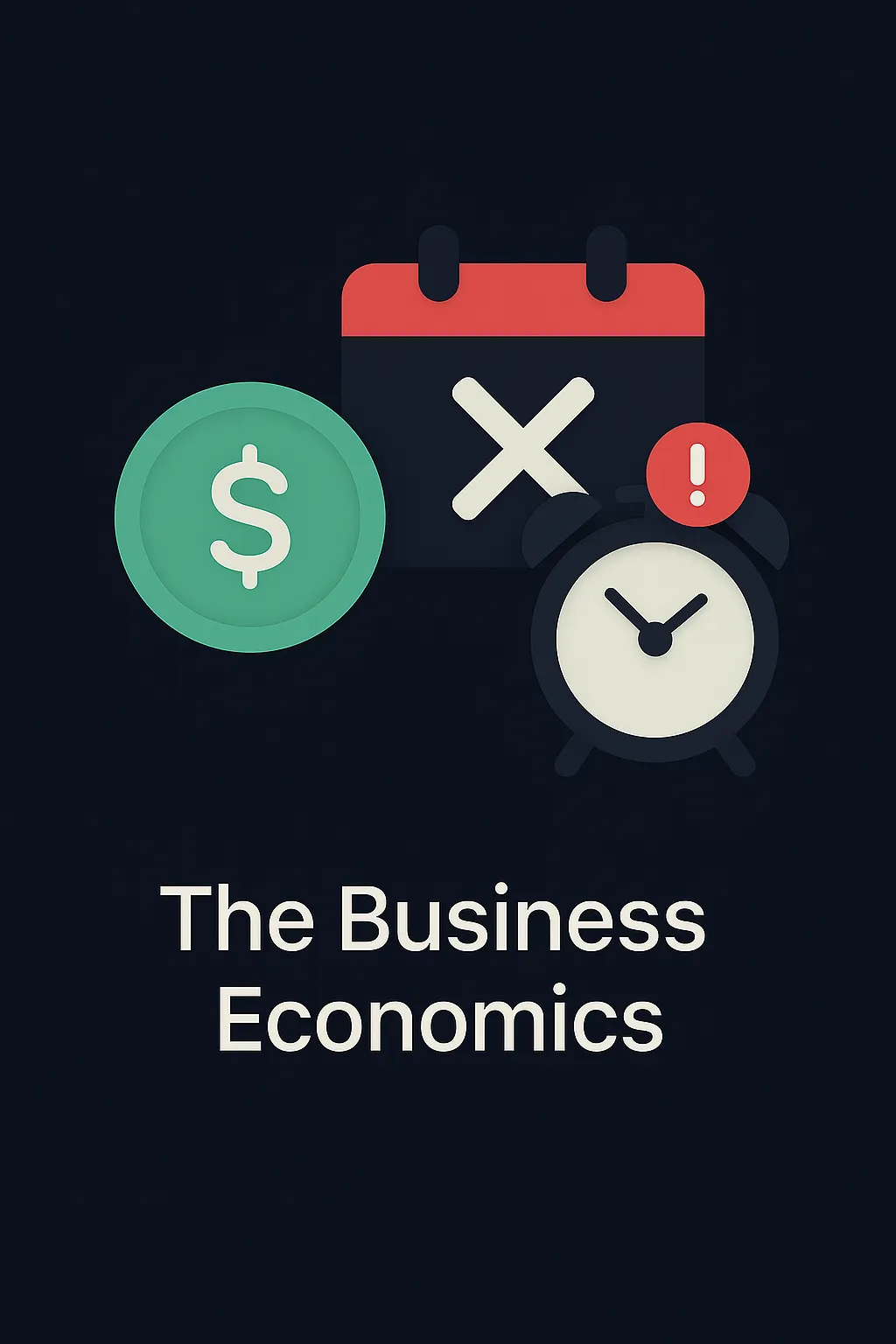
Protecting Brand and Team
Beyond numbers, there’s brand perception. Users don’t separate a broken CTA from the company’s credibility. A missing localization string feels careless. A form that fails on mobile feels untrustworthy. QA in design keeps these cracks out of public view. The brand feels polished, consistent, and reliable.
And there’s the team itself. Last-minute fire drills corrode morale. Designers hate redrawing the same components. Engineers lose flow to context-switching. Marketers juggle shifting timelines. Integrated QA changes the texture of work: fewer surprises, more steady progress, fewer nights spent rescuing a deadline.
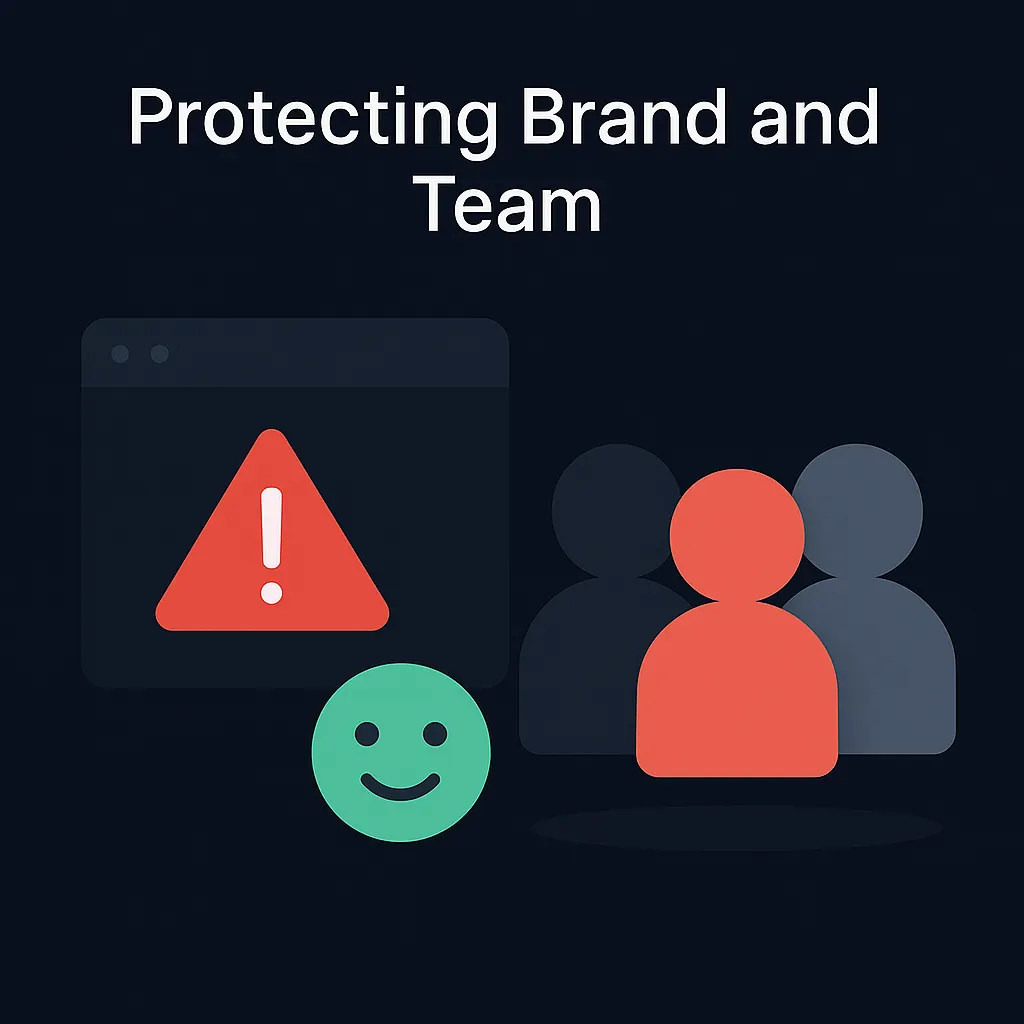
Getting Started Without Overhead
The easiest way to begin is to add a single quality question to the next design review: “What could break here?” Keep the Definition of Done in the same file as the mockups. Spin up preview URLs for pull requests so stakeholders can click through before release. Track prevented defects in a simple page and review them once a month. Even small habits accumulate into systemic calm.

FAQ
Doesn’t this slow down creativity?
It speeds it up. Ten minutes of early conversation saves ten hours of redesign.
What if our team is small?
Small teams feel the benefits fastest, because every mistake costs proportionally more in time and focus.
Is automation required?
Not at first. Start with a single smoke path: landing → CTA → form submit.
Conclusion
QA in design is not about catching every bug at the finish line. It’s about preventing the predictable ones from ever existing and making the rest observable. The result is launches that are calmer, deadlines that are met, and campaigns that deliver.
When QA is present while ideas are still fluid, teams ship faster, protect budgets, and avoid the hidden cost of stress. It is not a noisy process. Done right, it’s invisible—until you notice that the campaign went live on time, the analytics made sense, and nobody worked the weekend.
Oct 2, 2025
